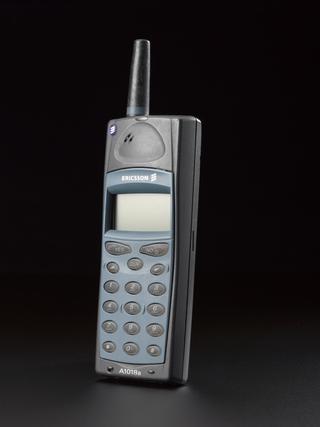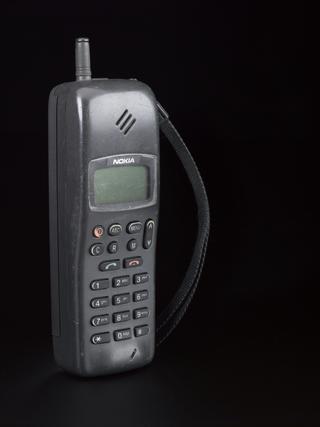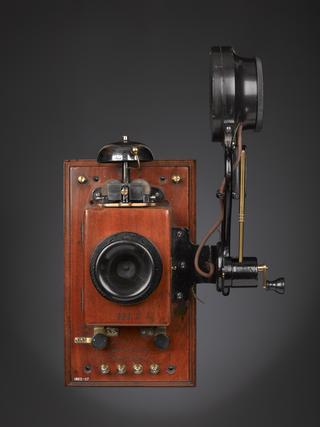
Silver thimble, used to pass a current through the 1866 Transatlantic cable, 1860-1866
- Made:
- 1860-1866 in Republic of Ireland






Silver thimble, unknown maker, probably Ireland, 1860-1866. Originally owned by Miss Emily FitzGerald and by means of which an electric current was sent through the two Atlantic telegraph cables in 1866.
This thimble was used at the cable station at Valentia, Ireland, in a remarkable experiment to demonstrate the sensitivity of the mirror galvanometer used to receive signals sent through the transatlantic telegraph cable. On 12 September 1866 Latimer Clark asked the Newfoundland station to connect the 1865 and 1866 cables together to form a single circuit of 3700 miles across the Atlantic and back. He then borrowed a silver thimble from a visitor, Emily Fitzgerald, and added to it a few drops of acid and a slip of zinc. He connected this small voltaic cell to the cable, and the galvanometer on the bench immediately showed that the minute current had passed both ways across the Atlantic.
Details
- Category:
- Telecommunications
- Object Number:
- 1949-177
- Materials:
- wood (unidentified), silver (metal) and textile
- Measurements:
-
overall: 58 mm x 46 mm x 46 mm, .07 kg
- type:
- thimble
- credit:
- Donated by R B FitzGerald




